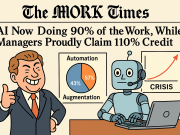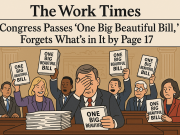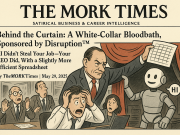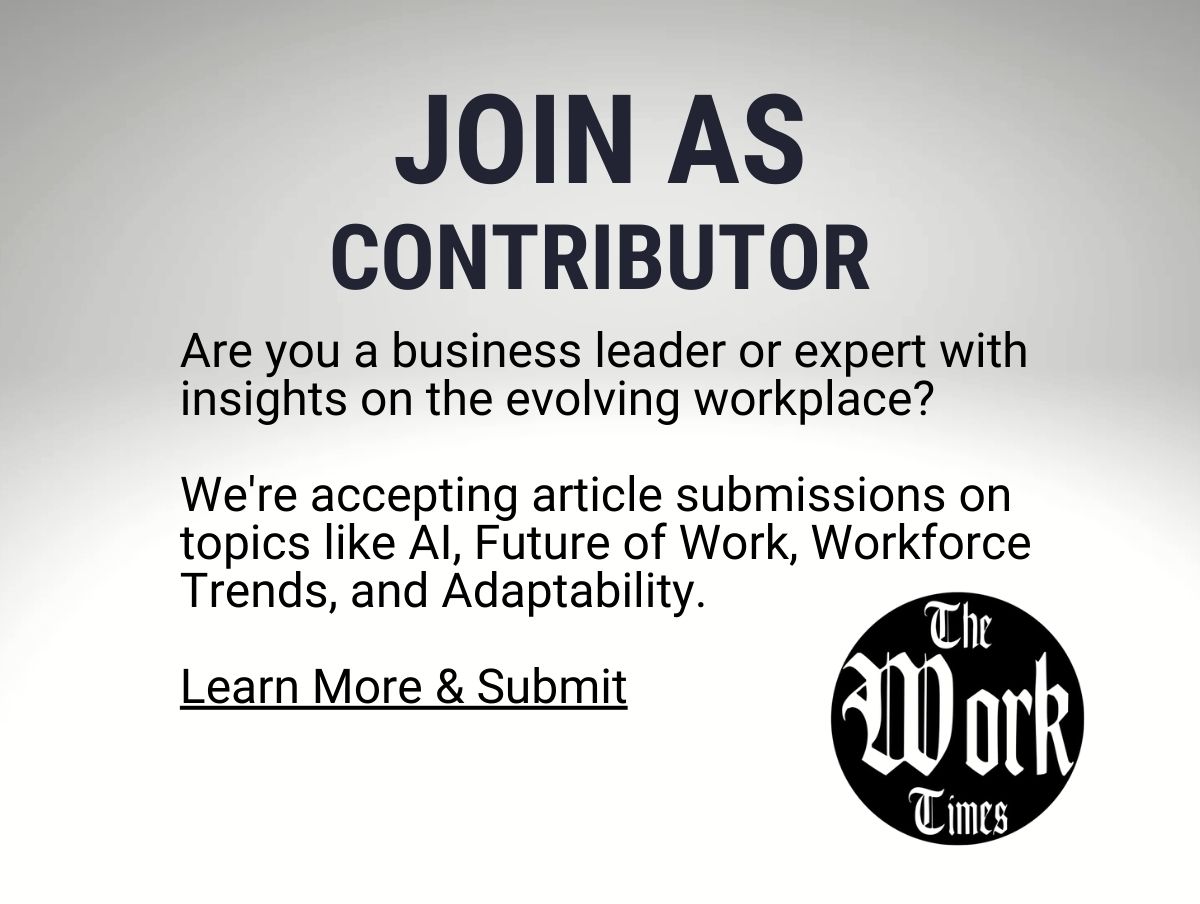When the Lights Flicker: How a Government Shutdown Rewrites Work for Federal Employees and the Businesses that Rely on Them
Congress’ failure to pass funding bills has triggered a government shutdown. The headlines will tell you the procedural milestones and the projected price tag. The deeper story — the one with human hours, payroll ledgers, supply chains, and community economies — will play out over the coming weeks in break rooms, contractor invoices, small-business storefronts and HR inboxes.
The immediate shock: people first, systems second
When a government shuts down, its most visible effects fall on federal employees. Some will be furloughed, sent home without pay. Others will remain on the job but face the prospect of delayed compensation. Beyond the individual anxiety, whole ecosystems pause: contractors waiting on invoices, regional economies dependent on federal paychecks, non-profits that partner with agencies, and private firms that service government facilities.
Consider the payroll ripple. A city that hosts a large federal facility can see restaurants, grocery stores and services lose consistent customers. A contractor that relies on timely government payments can’t meet its payroll or pay suppliers, creating a cascade. Licenses and permits can be delayed, grant reviews stall, and regulatory approvals slow; the downstream effect is widespread uncertainty in markets that depend on predictable public-sector demand.
Human stories: not abstractions, but livelihoods
Beyond policy and budget arithmetic are households making mortgage payments, families arranging childcare, and workers balancing bills. Imagine a program analyst who must decide whether to pay for their child’s school trip, or a seasonal park ranger facing the closure of the land they steward. These are not abstractions: they are the daily math of ordinary life.
When a paycheck is delayed, decisions multiply: buy groceries on credit, dip into savings, delay a medical appointment, or stretch a commute to save money. That calculus affects not just individuals but the businesses and communities that serve them.
Operational friction: what stalls and what keeps moving
Operationally, agencies classify activities as “essential” or “non-essential.” Essential work—national security, air traffic control, emergency response—continues. But many services, from research projects to customer-facing call centers, are paused or reduced. The result: a backlog of deferred work that will cost more and take longer to clear once funding resumes.
Contractors, especially small and medium-sized businesses, are particularly exposed. They often lack the cash buffer of a larger firm and may not be able to absorb weeks of unpaid invoices. For supply chains that service government projects, even a single delayed contract can ripple outward into layoffs and reduced orders.
What the worknews community needs to know and do now
For managers, HR leaders, and employees reading this community-focused briefing, the immediate task is pragmatic and humane: prepare for uncertainty while protecting people and operations. The following are concrete actions that help reduce harm and maintain momentum.
For leaders and HR teams
- Communicate early and clearly. People can navigate uncertainty if they have reliable information. Share what you know, what you don’t, and when you’ll update them.
- Assess liquidity and payroll contingency plans. Short-term credit lines, payroll protection arrangements, and partnerships with local banks can bridge gaps.
- Prioritize benefits continuity. Ensure health coverage, retirement plan deductions, and other benefits remain uninterrupted when possible; administrators should map the fastest paths to preserve coverage.
- Offer flexible accommodations. For employees facing financial stress, consider adjusted schedules, temporary role changes, or access to loans or grants through employee assistance programs.
For contractors and small businesses
- Audit your accounts receivable and prioritize essential suppliers. Free up working capital by negotiating short-term terms with vendors.
- Tap community resources. Local chambers of commerce, trade associations, and banking partners often provide guidance and temporary financing options.
- Document everything. Maintain clear records of contract performance and communications with government buyers to speed invoicing and dispute resolution when funding resumes.
For individual federal employees
- Review personal budgets now. Identify non-essential expenses that can be deferred and prioritize rent, utilities, and basic needs.
- Explore short-term financial relief. Employee assistance programs, credit unions, and community groups sometimes offer emergency loans or grants.
- Lean on networks. Unions, professional associations, and local community organizations can be sources of practical assistance and shared information.
Longer-term lessons for workforce resilience
Shutdowns are episodic manifestations of deeper structural vulnerabilities: dependence on stopgap funding mechanisms, brittle payment systems, and the political cycles that attach operational continuity to legislative deadlines. For the worknews community, there is an opportunity to convert short-term coping into long-term resilience.
- Build cash buffers: Organizations—public and private—should aim for reserves that can cover several payroll cycles to avoid immediate layoffs when disruptions occur.
- Modernize payments: Faster, more reliable disbursement systems reduce the lag between work performed and compensation delivered.
- Cross-train teams: Broadly skilled teams can reallocate effort to essential work without creating bottlenecks or over-relying on specific roles.
- Scenario planning: Regularly run shutdown simulations and update continuity plans so that responses are rehearsed, not improvised.
Where ingenuity meets responsibility
Businesses and communities have long adapted to cycles of disruption. The difference between being battered and being resilient is rarely luck: it is the result of intentional systems and relationships. Employers that keep open channels of communication, offer compassionate policies, and plan for the worst can preserve trust and limit long-term organizational damage.
For federal employees and contractors, resilience isn’t just a matter of balance sheets; it’s psychological and social. Clear timelines, predictable benefits, and the dignity of transparent treatment matter as much as temporary financial fixes.
A call to collective action and civic stewardship
Shutdowns are a shared problem. They test the connective tissue between government operations and the private sector, between public trust and institutional reliability. The worknews community—composed of HR professionals, managers, employees, entrepreneurs, and civic-minded leaders—has a role to play beyond triage. Advocate for policies and practices that reduce future disruption: support modern payment infrastructure, push for contingency funding mechanisms, and encourage governance that prioritizes continuity of essential services.
In the end, the most durable response to a government shutdown is not only technical fixes but a recommitment to the people who keep institutions running. A paycheck delayed is a story of resilience interrupted; the response we choose now will determine whether that story becomes one of recovery and reform, or a repeat of avoidable hardship.




























